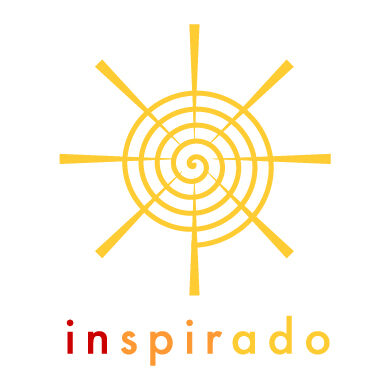Abajo hay dos tipos de preguntas. Hay algunas preguntas de opción múltiple y solo hay una respuesta correcta para cada una. Con respecto a las otras preguntas, tienes que llenar el espacio con una palabra o con unas palabras en minúsculas. ¡Buena suerte! — Below are two types of questions. There are some multiple choice questions and only one correct answer for each. With regard to the other questions, you have to fill in the blank with a word or words in lowercase. Good luck! [mlw_quizmaster quiz=3]
